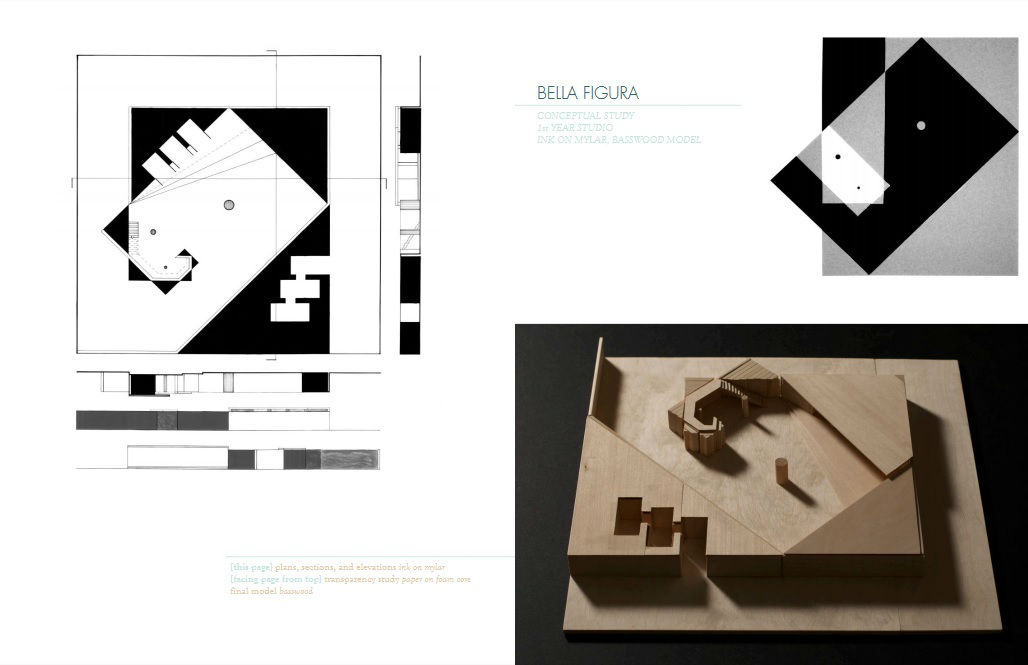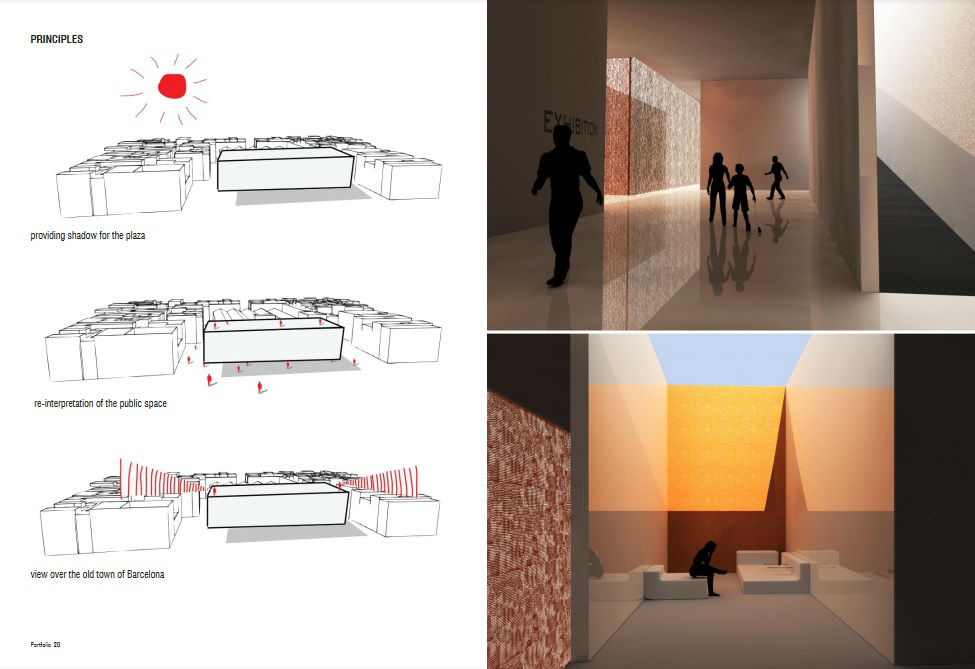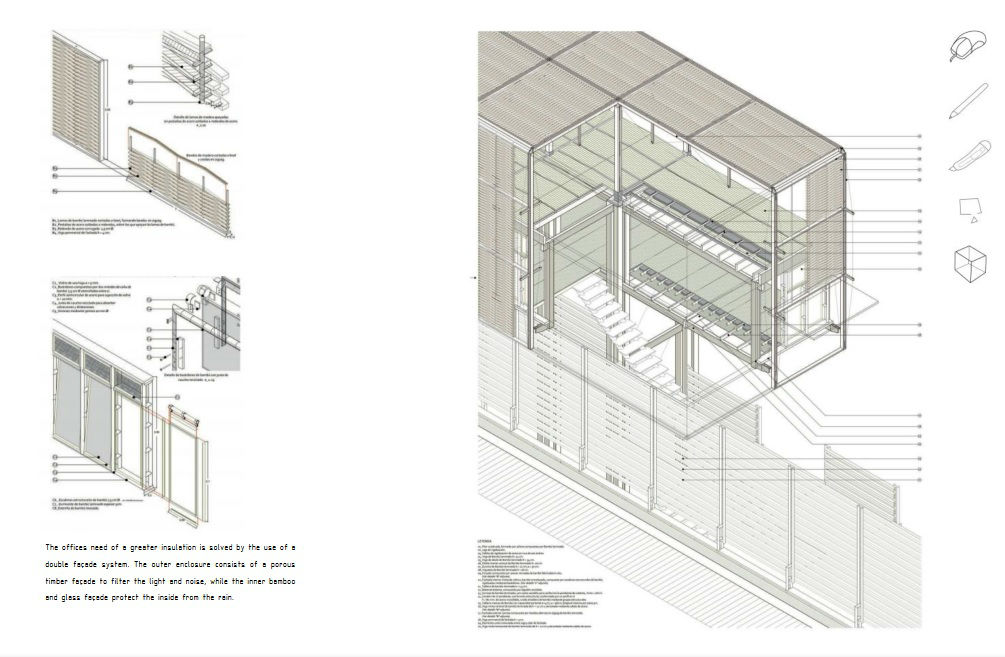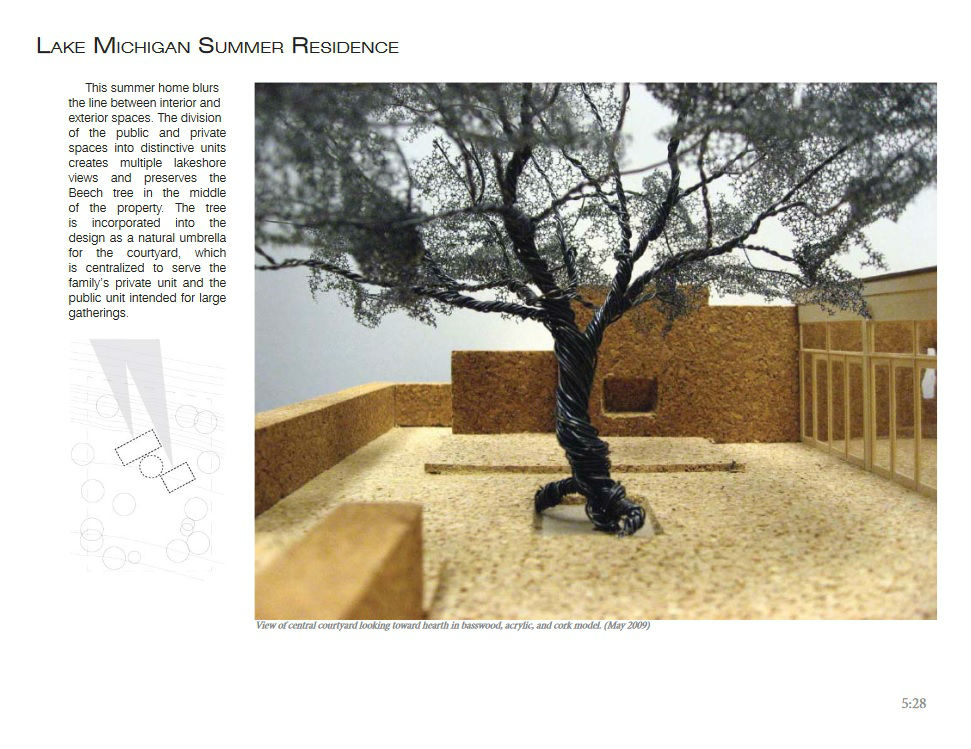Everybody who has ever held a job or is looking for one has a resume, but how many of them do you think are actually good?
It’s alarming that even today, many people don’t create their resume with the intention to highlight their best skills and experience. That’s why many candidates don’t end up getting the job they thought would be perfect for.
It’s a fact that most recruiters take no more than six seconds to skim through a resume, and if yours don’t catch their fancy, it likely ends up inside the trash bin. Harsh as it may sound, it is the reality in every job market, including architecture.
So, how do you create the perfect resume for that architect’s job you’ve been eyeing for so long? Well, start by knowing the several vital mistakes you should avoid as these will immediately kill your chances of landing an interview.
Keep on reading!
Related Articles
The Best Architecture Portfolio Examples, Covers, Designs | Architecture Lab
How To Get An Architecture Job With No Experience
How To Write The Perfect Architecture Cover Letter
Architecture Resume Mistakes

-
Not highlighting relevant skills for a job
It goes without saying that there’s no such thing as the ideal resume format, and it’s always better if you tailor it to the company’s preference. Although that might not always be possible (if you’re applying to 10 different jobs every day), we recommend that you highlight skills that are most relevant to the job.
We know it’s tempting to want to throw every “accomplishment” you can imagine, but that’ll only end up distracting the recruiter. Skills don’t always carry forward, and it’s totally possible that an architect who has only worked on industrial projects is not any good in small-scale residential jobs. The goal here is to NOT confuse the recruiter.
How do you deal with this issue? Well, start by writing a job description that’s fit for the role you want. Since job descriptions are already included in the listings, you should go through the details carefully to find the “skills needed” that could be tied to your experience. Then, work on creating a connection between your past work and the future position.
To take the example from above, you could say that the coordination and management skills you’ve gained from handing large commercial projects would transfer to small-scale projects. When you tailor the resume to fit the specific requirements of a role, your chances of being invited for an interview will significantly improve.

-
Not explaining your past experience
Far too many times, candidates state every project they took part in but don’t bother going into the actual role they played. Emphasizing individual contribution is as important, and by not doing that, you’re probably keeping the hiring manager in the dark about your capabilities. Remember, outsiders have no way to know what we’ve worked on and in what capacity unless mentioned.
Since you’re trying to teach the hiring manager about YOU and not the projects you took part in, use this simple fix to do so. Use action verbs for each one of your resume bullets that clearly explain what you did. Examples of action verbs: Created, Led, Managed, Delivered, Achieved, etc. as these words will act as a reminder of your abilities.
-
Mentioning irrelevant information
Like I said, including too much information may kill your chances of landing an interview as much as saying too little. So, before clicking on the send email button, go over the resume once more and get rid of all the things that are not remotely important to the job you’re applying for.
Your resume should be concise, laser-focused, and must stress the skills and achievements that are relevant to the job. Far too many candidates assume they can make one template and send that to a couple dozen architecture firms.
Well, they can, but then the chances of getting hired becomes a game of numbers as you’ll need to keep sending resumes in large amounts daily to get responses from a few. To avoid falling into this trap, try customizing your role for every position, the best you can. By being a little more creative with your past experience, it is possible to create the perfect resume.
Ask yourself these questions: have you helped build something? Did you take part in any volunteer work in the architecture space? Did you successfully complete an architecture project on time? Have you ever led a team? Did you ever take part in a design competition? If you’ve answered YES to any of these, put it on your resume as it is relevant.

-
Graphics overload
Before you accuse me of being old-school, know that we’re on board with graphics being a part of resumes. Proper use of graphical elements does not only make resumes look more presentable but can also contain more information about the candidate. However, it’s about time that we tell people that the overuse of graphics in a resume is always wrong!
One of the weirdest things we see people do is use bars or pie charts to demonstrate how proficient they are in a particular skill. 90% on Photoshop? 100% on Sketching? 87% on Team Leadership? What do those figures even mean? There’s no way of knowing how these ratings get determined! Did you make them up yourself, or did your boss assign those?
Please understand that having multi-colored infographics doesn’t make you appear competent; at best, it seems like tooting your own horn. If you have to use graphics, then use them with caution and sparingly. Do not grade your own skills, and don’t go crazy with the colors either. Use one color to emphasize particular portions you’d like to stand out, and that’s it.
Also, please don’t create a logo out of your name or initials; they look fake at best and cringe at worst. And if the logo happens not to be properly done, say goodbye to your chances of getting hired as an architectural planner or designer. To sum up, keep things SIMPLE.
-
Using cheesy lines or cliches
“Don’t be cheesy” is as good advice for a resume as it is for a first date. It comes off as ‘trying too hard’ to the person you’re communicating with and can quite possibly destroy the slim chance you ever had of impressing them. Avoid cliches as much as being cheesy because those aren’t any better, and the average recruiter has heard them all before.
Oh, and not to forget the widespread practice of using corporate jargon to appear smart or knowledgeable. Sometimes, people use corporate-speak without having the faintest idea of what it means; I urge you not to do it. Anything that doesn’t add value to your resume must go as they would otherwise only end up wasting the recruiter’s time.
Some great examples of what NOT to include in a resume are:
“My goal is to acquire a challenging position at a company with high growth, where I can enhance my relevant skills and career.”
“I’m talented, honest, and hardworking.”
“Talented, detail-oriented, and results-driven leader with a track record of success.”
“Can think outside the box.”
Do you know why we strongly suggest against using these cliches? Well, that’s because they’re vague and don’t really say anything about your experience or accomplishments.
Instead of saying you’re a “Talented, detail-oriented, and results-driven leader with a track record of success,” say that you led a team of 5 people to success throughout a development project. That line says more about your capabilities and what you’ve accomplished than all the others combined.
-
Resume too long
Let’s get one thing straight (again!): A successful resume is never a list of every single feat or accomplishment. It is a brief checklist of skills and experience you have that are or can be relevant to the position you’re applying for. The accolades you’ve earned might mean a lot to you, your friends and family, but anything not related is just a waste of the recruiter’s time.
Your resume shouldn’t be longer than one page and a maximum of 2 pages, under extremely exceptional circumstances. It doesn’t matter if you have five years or 50 year’s worth of experience; a hiring manager should not have to flip through pages to find information that can be deemed relevant for the job.
The purpose of a well-crafted architecture resume is to give the recruiter a hint of your experience so that they call you for an in-person interview to learn more. And trust me, speaking about yourself face-to-face can do wonders for your chances of getting hired! To list your accomplishments, use bullet points so that the recruiter can take a good look.

-
Resume too short
Okay, a short resume isn’t the answer either, and it will likely come off as lazy to the person who’s checking it. Remember what we said about a resume should be one-page max? Yeah, try to fill in that page with relevant accomplishments, not details. Employers don’t care about what you did in the previous job; they do about what you’ve accomplished and what you can do for them.
Some examples of “details” are:
- Attended architectural seminars and recorded minutes
- Worked with a team member of 5 to develop a blueprint
- Updated files of our department
As you can understand, those claims really don’t add any value to the resume. So, dig deep and find out every possible accomplishment or relevant experience you can think of to fill the page to a decent extent. It can be tough when you’re just starting out, but give it a try anyway. Otherwise, mention that you’re a fresher.
-
Incorrect or poor grammar
Nothing will ruin your chances of getting hired than poor grammar and typos, especially if you’re applying for a role that’ll require writing on a daily basis. Even if the part doesn’t require a perfect grammar sense, your document should be free of errors not to make a negative impression. To tackle this, you can use an app like Grammarly, which checks for contextual and standard mistakes.
If possible, have a friend glance over the document before you send it out. If you have no friends available at that time, just read everything yourself loudly once, as that can also help detect typos and spelling errors. Note: do not ignore or forget to look over the text used over graphics as that will especially stick out like a sore thumb.
And if by a stroke of pure misfortune, the company wants you to write an essay or an academic piece in English to be considered eligible for the interview, do not fret. I’ve personally taken help from agencies to write my essay and have never never been disappointed with the results. Honestly, it’s the best thing to do if English is not your strong point.

-
Not including the relevant keywords
This is again something that’s “oh so obvious!” but people always forget. Your resume should have the keywords associated with the job you’re applying for. Not including those keywords could give the recruiter the impression that you didn’t read the job listing properly and are trying your luck everywhere. At worse, they’ll assume you’re not the right fit for the job.
So, read the job listing carefully and don’t miss out on including words such as “architect,” “ designer,” “developer,” and other associated terms when you’re applying for an architect’s position. What I stated is just an example, I’m sure you get the gist.
Final words
Landing your first job in the field of architecture is not very easy, but neither is it too hard if you send out resumes with more “intention.” If you read the entire guide and are still finding it hard to craft the perfect resume, don’t hesitate to glance over other sources on the same topic.
And oh, don’t forget to include your contact details such as phone number and email address. Well, that’s all for this guide; hope I helped you somehow.
Till next time!


